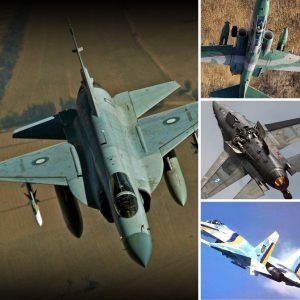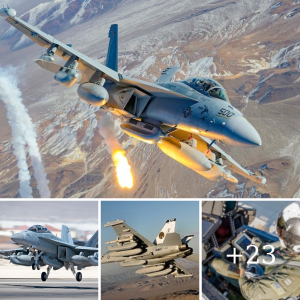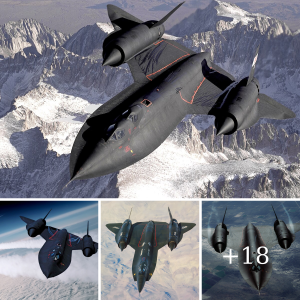The Grumman F-14D Tomcat stands as a symbol of American air superiority, renowned for its power, agility, and iconic role in military aviation history. An evolution of the original F-14, the F-14D variant brought significant upgrades, making it the most advanced version of this legendary fighter jet. Used by the U.S. Navy from the 1970s until its retirement in 2006, the F-14D proved to be a formidable force in both dogfights and long-range air-to-air combat, securing its place in the annals of aviation history.

A Fighter Built for Supremacy
Designed primarily as a fleet defense interceptor, the F-14 Tomcat was originally built to protect U.S. Navy aircraft carriers from long-range missile threats and enemy aircraft. Its twin-engine, twin-tail design gave it an aggressive stance and remarkable agility. The F-14D, introduced in 1990, took these qualities to a new level.
Equipped with more powerful General Electric F110-GE-400 engines, the F-14D could achieve speeds of over Mach 2.34 (around 1,544 mph), making it one of the fastest jets of its time. It could climb higher, accelerate faster, and handle better in close combat situations than its predecessors.
Cutting-Edge Technology
What truly set the F-14D apart was its state-of-the-art avionics and weapons systems. The aircraft featured an advanced AN/APG-71 radar, capable of detecting and tracking multiple targets at greater distances, giving it a decisive edge in beyond-visual-range engagements. It could simultaneously track up to 24 targets and engage up to six with the AIM-54 Phoenix missile, a long-range missile that made the Tomcat a fearsome opponent even before enemy aircraft came into visual range.
The F-14D was also equipped with the Infrared Search and Track (IRST) system, which allowed it to detect and engage enemy aircraft based on heat signatures, even if they were using radar jamming or stealth technology.

Versatility and Lethality
In addition to its unparalleled air-to-air combat capabilities, the F-14D was also a versatile strike aircraft. It could carry a wide range of air-to-ground ordnance, including laser-guided bombs and precision munitions, making it effective in ground attack roles. This versatility was showcased during conflicts like Operation Desert Storm and later in Operation Enduring Freedom, where the F-14D proved its worth in both air superiority and ground-attack missions.
A Legacy Cemented in Popular Culture
The F-14’s fame skyrocketed not just through its combat prowess but also through its role in pop culture, particularly in the 1986 blockbuster film “Top Gun.” The image of the F-14 Tomcat soaring through the skies with its wings sweeping back during high-speed maneuvers became iconic, capturing the imagination of a generation of aviation enthusiasts.
Retirement and Final Flight
Despite its impressive capabilities, advancements in aviation technology eventually led to the retirement of the F-14D in 2006, when it was replaced by the more modern F/A-18E/F Super Hornet. The final flight of the F-14 Tomcat marked the end of an era, but its legacy endures in aviation history and in the hearts of those who flew it.
The Tomcat’s Unforgettable Impact
The F-14D Tomcat will always be remembered as one of the most iconic fighter jets in history, combining speed, power, and advanced technology to dominate the skies for over three decades. Its role in defending U.S. Navy aircraft carriers and its versatility as a multirole fighter solidified its status as a legend of naval aviation. Though it may no longer patrol the skies, the Tomcat’s legacy continues to inspire future generations of pilots and aviation enthusiasts worldwide.





